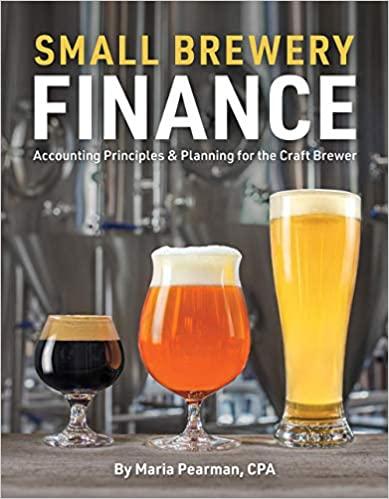Question
Mini Case: You have just graduated from the MBA program of a large university, and one of your favorite courses was Todays Entrepreneurs. In fact,
Mini Case:
You have just graduated from the MBA program of a large university, and one of your favorite courses was Todays Entrepreneurs. In fact, you enjoyed it so much you have decided you want to be your own boss. While you were in the masters program, your grandfather died and left you $300,000 to do with as you please. You are not an inventor, and you do not have a trade skill, which you can market; however, you have decided that you would like to purchase at least one established franchise in the fast foods area, maybe two (if profitable). The problem is that you have never been one to stay with any project for too long, so you figure that your time frame is three years. After three years you will sell off your investment and go on to something else.
You have narrowed your selection down to two choices (1) Franchise L: Lisas Soups, Salads, & Stuff and (2) Franchise S: Sams Wonderful Fried Chicken. The net cash flows shown below include the price you would receive for selling the franchise in Year 3 and the forecast of how each franchise will do over the three-year period. Franchise Ls cash flows will start off slowly but will increase rather quickly as people become more health conscious and avoid fried foods. Franchise L serves breakfast and lunch, while Franchise S serves only dinner, so it is possible for you to invest in both franchises. You see these franchises as perfect complements to one another: you could attract both the lunch and dinner crowds and the health conscious and not so health conscious crowds without the franchises directly competing against one another.
Here are the net cash flows (in thousands of dollars):
Expected Net Cash Flow
Year Project L Project S
0 ($150) ($150)
1 15 105
2 90 75
3 120 30
Depreciation, net working capital requirements, and tax effects are all included in these cash flows.
You also have made subjective risk assessments of each franchises risk characteristics, and you have concluded that both projects require a return of 10 percent. You must now determine whether one or both of the projects should be accepted.
1) What is the underlying cause of ranking conflicts between NPV and IRR?
2) Under what conditions can conflicts occur?
3) Which method is the best? Why?
Chegg, I need help with these 3 questions. I am confused. Please answer these 3 questions (not 1 question, not 2 questions, but all 3 questions) for me. Please do not use answers from the past because I looked at those, and they are not the answers that I am looking for. Lastly, please answer these 3 questions with explanation and detail. The more detail you provide, it will help me understand and explain the question more clearly. I hate to be a pain, but I need these questions for a take home exam. It is very important. Thanks in advance.
Step by Step Solution
There are 3 Steps involved in it
Step: 1

Get Instant Access to Expert-Tailored Solutions
See step-by-step solutions with expert insights and AI powered tools for academic success
Step: 2

Step: 3

Ace Your Homework with AI
Get the answers you need in no time with our AI-driven, step-by-step assistance
Get Started


